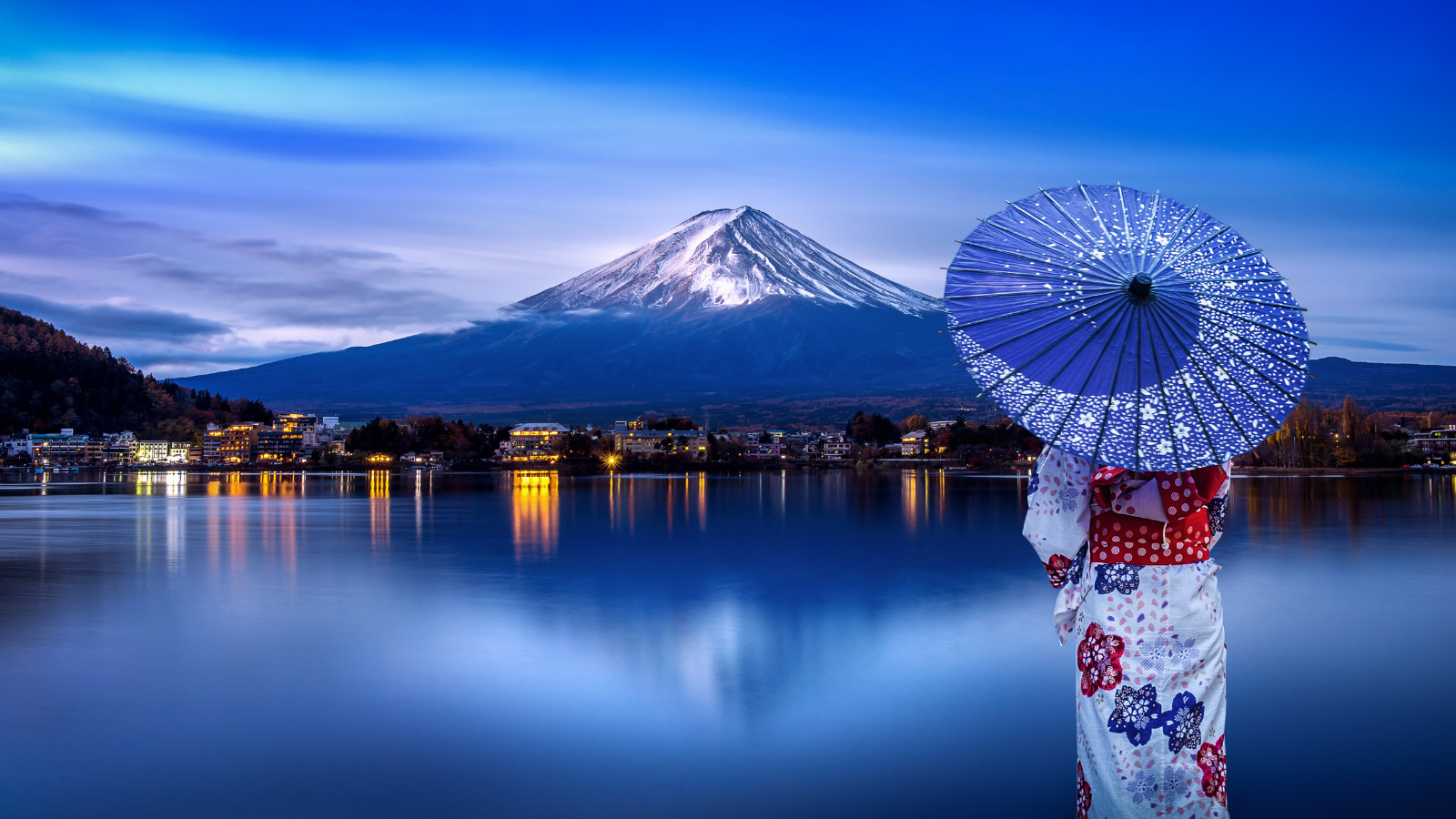Hiroshima Prefecture, located in the Chugoku region of Japan, has profound historical significance, vibrant culture, and natural beauty. Known globally for its role in World War II, Hiroshima has transformed into a symbol of peace and resilience. The prefecture offers a rich blend of historical landmarks, scenic landscapes, and culinary delights, making it a compelling destination for visitors.
History and Culture
Historical Significance
Hiroshima’s history is deeply marked by the events of August 6, 1945, when it became the first city to suffer an atomic bombing. This tragic event is commemorated at the Hiroshima Peace Memorial Park, which includes the Atomic Bomb Dome, a UNESCO World Heritage site, and the Peace Memorial Museum. The city has since become a beacon of peace and reconciliation, advocating for a world without nuclear weapons.
Cultural Heritage
Hiroshima is rich in cultural heritage, from historical sites to traditional arts. The prefecture is home to the iconic Itsukushima Shrine on Miyajima Island, known for its “floating” torii gate, another UNESCO World Heritage site. The annual Hiroshima Flower Festival and various traditional festivals showcase the region’s vibrant cultural traditions.
Economy and Industry
Hiroshima’s economy is diverse, with strong manufacturing, agriculture, and tourism sectors. The prefecture is a major hub for the automotive industry, with Mazda Motor Corporation headquartered in Hiroshima. Agriculture also plays a significant role, with the region producing high-quality rice, citrus fruits, and oysters. Tourism thrives on Hiroshima’s historical significance and natural attractions, drawing visitors from around the world.
Attractions and Activities
Historical and Cultural Sites
- Hiroshima Peace Memorial Park: A serene park dedicated to the victims of the atomic bombing, featuring the Atomic Bomb Dome and Peace Memorial Museum.
- Itsukushima Shrine: Located on Miyajima Island, this shrine is famous for its “floating” torii gate and scenic beauty.
- Hiroshima Castle: A reconstructed castle offering insights into the region’s feudal history and panoramic views of the city.
Natural Attractions
- Miyajima Island: Known for its lush forests, hiking trails, and deer that roam freely, as well as the iconic Itsukushima Shrine.
- Sandankyo Gorge: A stunning natural area with clear streams, waterfalls, and scenic walking trails.
- Shimanami Kaido: A picturesque cycling route connecting Hiroshima to Ehime Prefecture via a series of bridges and islands.
Cuisine
Hiroshima’s culinary scene is renowned for its fresh seafood and unique local dishes. Specialties include:
- Hiroshima-style Okonomiyaki: A savory pancake layered with ingredients such as noodles, cabbage, pork, and seafood, topped with a special sauce.
- Oysters: Fresh and flavorful, harvested from the Seto Inland Sea, and served in various styles including grilled, raw, and in hot pots.
- Momiji Manju: Maple leaf-shaped wagashi cakes filled with sweet red bean paste, a popular treat from Miyajima Island.
Conclusion
Hiroshima Prefecture is a destination that blends historical significance with natural beauty and cultural richness. Whether you’re reflecting on history at the Peace Memorial Park, exploring the scenic wonders of Miyajima Island, or savoring the local cuisine, Hiroshima offers a profound and enriching experience for all visitors. Its commitment to peace and its vibrant cultural heritage make it a must-visit location for anyone traveling to Japan.

